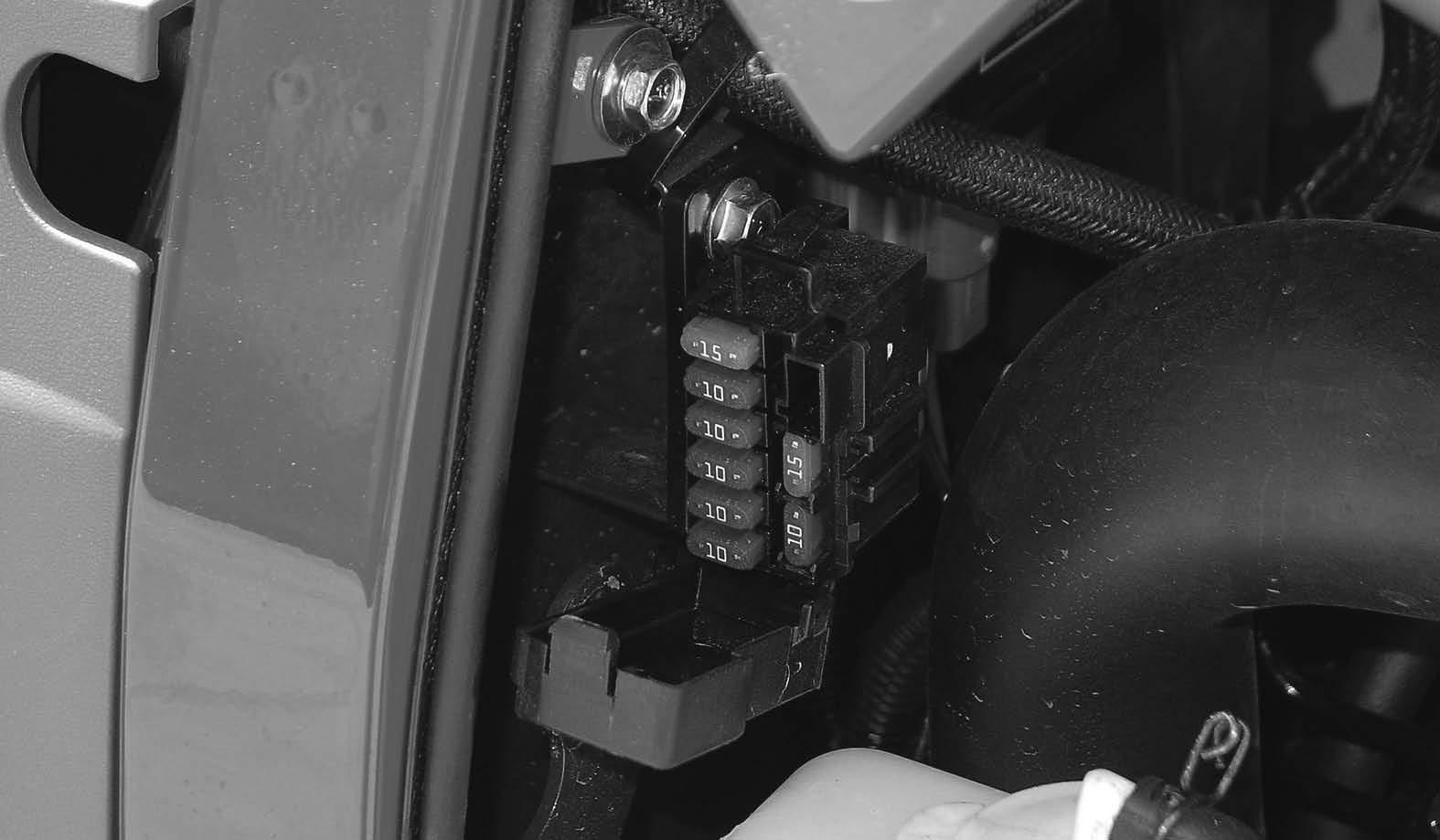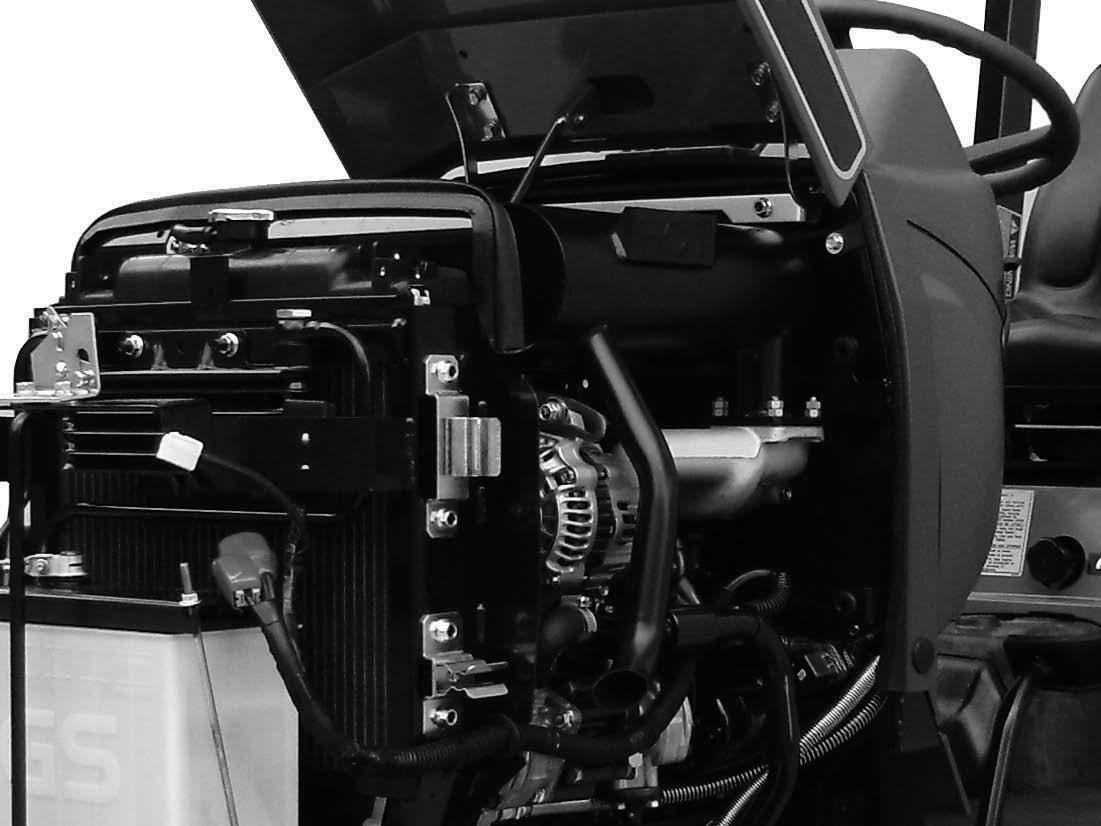
1 minute read
GENERAL SERVICE INFORMATION
Alternator Charging System
Follow these general rules to prevent damage to the electrical system:
1. Before working on the electrical system, disconnect the battery cables.
2. Do not make a reverse battery connection.
3. When you use an auxiliary for starting, connect positive-to-positive and negative on the auxiliary to the tractor side rail as a ground.
4. When charging the tractor battery, disconnect the battery cables from the battery terminals. Do not use a battery-charging machine for starting the tractor.
5. Never operate the tractor when the battery cables are disconnected.
6. When you do maintenance on the engine, prevent foreign material from entering alternator.
7. If you must do welding, disconnect the battery. Put the welder ground cable as close as you can to the weld area. Do not put the ground cable where the current can flow through bearings or along channels with wire harnesses.
Fuses
Cartridge type fuses are used for headlamps, rear red lamp, instrument lamps, turn signal and flasher lamps, and rear work lamp (if equipped). The fuses are in the fuse block located, R.H. rear of engine room.
If a short circuit occurs, the fuse will burn out and break the circuit preventing damage to the electrical system.
Line Fuse
If the electrical circuit is accidently grounded or a reverse battery connection is made, the Line fuse located on the LH side of the engine will burn out and break the circuit to prevent to damage the solenoid switch, wiring harness and alternator charging system . If electrical problems occur, the Line fuse must be checked for continuity to determine if one of the circuits is broken, see your Dealer to replace and correct.

( 1 ) Protection of the main electrical machinery circuit.
( 2 ) Protection of an ETR solenoid circuit.










